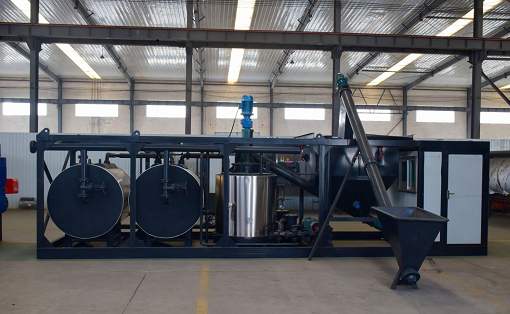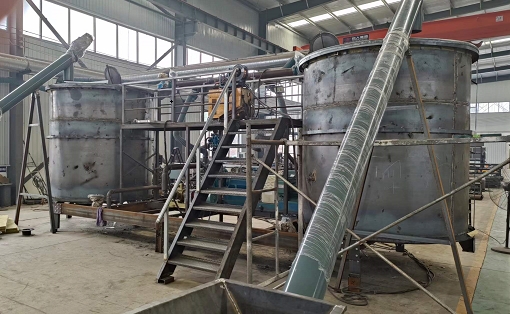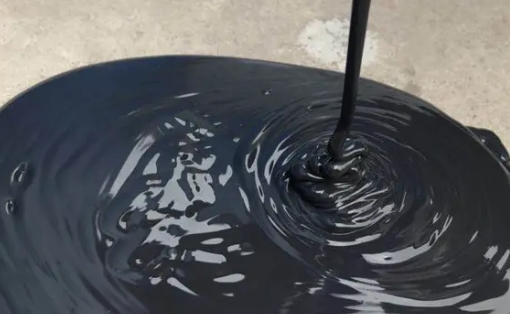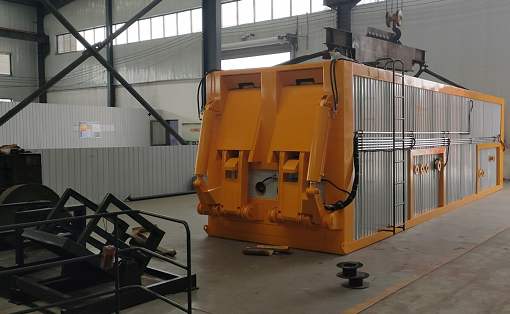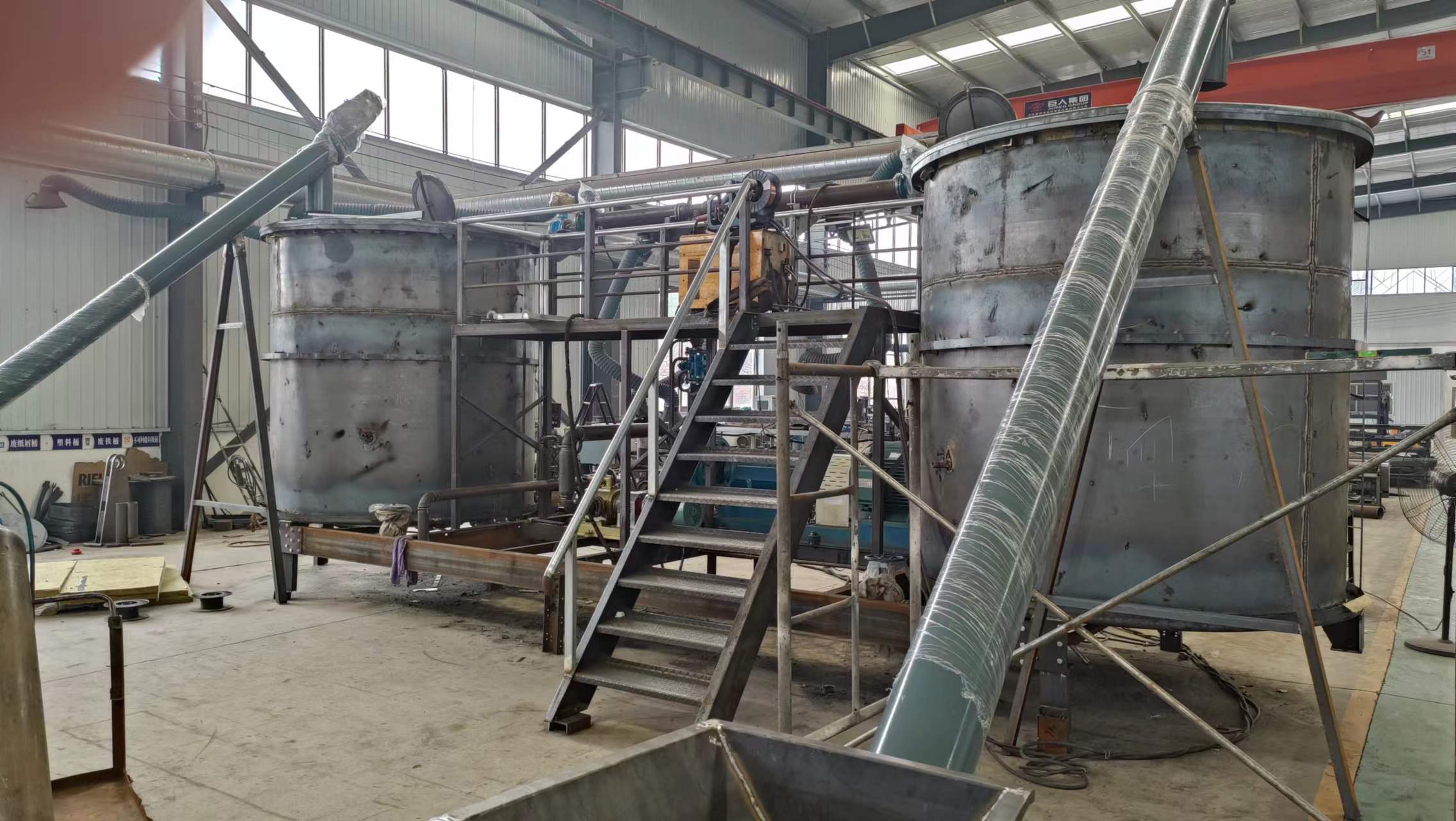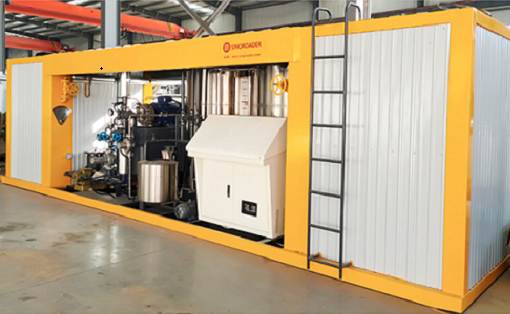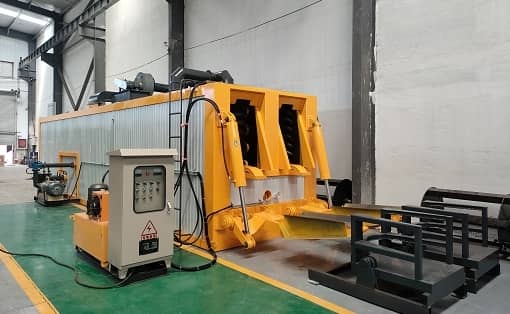How to choose auxiliary materials suitable for emulsion bitumen equipment
Fillers used in emulsion bitumen equipment are generally divided into two types: chemically active and non-chemically active. In the production of emulsion bitumen equipment, it can improve the stability of the slurry mixture, speed up or slow down the demulsification speed, and improve the strength of the sealing layer. When adding chemically active fillers, the reaction and compatibility of the fillers with mineral materials and modified emulsion bitumen should be fully considered.
Fillers used in emulsion bitumen equipment are generally divided into two types: chemically active and non-chemically active. In the production of emulsion bitumen equipment, it can improve the stability of the slurry mixture, speed up or slow down the demulsification speed, and improve the strength of the sealing layer. When adding chemically active fillers, the reaction and compatibility of the fillers with mineral materials and modified emulsion bitumen should be fully considered.
Additives in the production process of emulsion bitumen equipment can be divided into coagulants and retarders. The type of additive is determined in the laboratory or specified by the emulsifier manufacturer. Slow-cracking and fast-setting (BA-3) emulsifier and SBR modifier are two materials that need to be prepared to produce modified emulsion bitumen. The dosage is 1% to 1.2% and 3% to 6% of the asphalt weight respectively. Generally, Made on site 1 to 2 days before use. For acidic stone or construction at low temperatures, cationic emulsion bitumen should be used; for alkaline stone or when used together with cement and lime, anionic emulsion bitumen should be used.
Fillers and appropriate additives are indispensable auxiliary materials in the production of emulsion bitumen equipment, so you must be careful when selecting auxiliary materials. In addition, there are other things needed for the production of emulsion bitumen equipment. If you want to know more, you can learn more. Call our company’s technical phone number for consultation.







